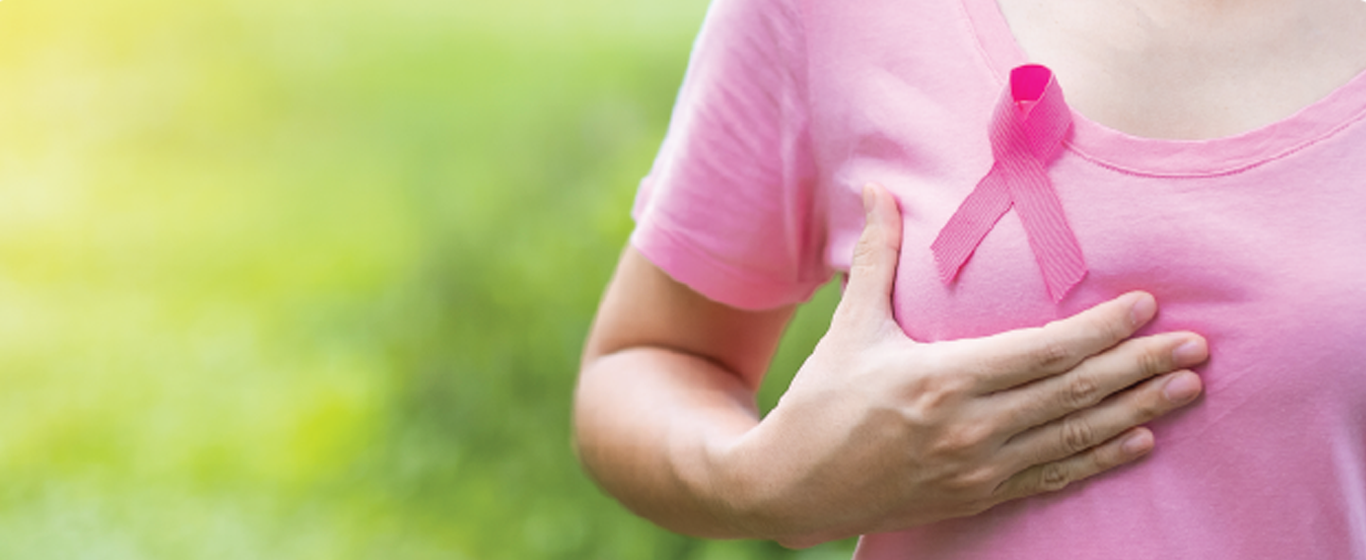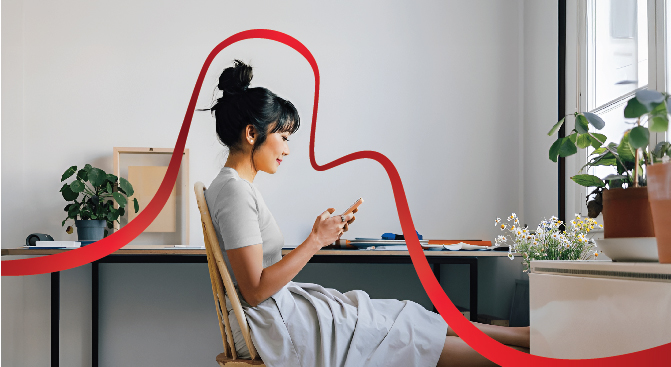
Be More Aware of Your Breast
Breast self-examination can increase a woman’s knowledge and awareness of her own body, and help identify the early onset of possible tumors, cysts or other abnormalities.
As with other types of malignancies, the chances of surviving breast cancer increase with early detection. The good news is that methods such as breast self-examination allow women this opportunity. It is a screening technique that any woman can accomplish at home without using any specialized equipment. She only needs to use her own eyes and hands to check for breast lumps or thickening areas.
The best time for a woman to inspect her breasts is about three to five days after the start of her monthly period when the breasts are at their least tender and least lumpy state. This is because the menstrual cycle often leads to fluctuations in hormone levels and prompts changes in breast tissue. It also helps establish a routine to examine the breasts at the same time every month. For women who have gone through menopause, they should do a self-exam on the same day every month as well. It would be good to document the results in a journal.
The main signs a woman needs to pay attention to during breast self-examination are changes in size, shape or symmetry; inverted nipples; and asymmetric ridges at the bottom of the breast. Also, she needs to check if the skin develops a texture similar to an orange peel (also known as dimpling) and if there is a visible indentation when she raises her arms (also known as puckering).
An ideal time for a woman to examine her breasts physically is in the shower. She can lather her fingers and breasts with soap for smoother gliding. After her bath, she can lie down on her back on a bed or flat surface. She needs to use the pads of the fingers instead of the tips and apply varying pressure levels to feel the breast tissue. With one arm over her head, she uses the free hand to massage the fingers over the breasts in a spiral pattern—starting from the nipple, going up to the collarbone area, then to the breastbone, and then close to the armpit. It is best to take the proper time and not hurry the process.
She should then proceed with a visual examination in front of a mirror, as follows:
-
Relax the arms by the sides. Having uneven breast size or shape is normal; having asymmetrical ridges along the bottom of the breasts is not. Lift the breasts to check for these signs.
-
She should press her hands firmly on her hips and tighten the chest muscles beneath the breasts. Turn to each side to inspect the outer part of the breasts. Repeat the process with hands clasped behind the head and pressing forward.
-
Bend forward to the mirror and roll the shoulders and elbows to tighten the chest muscles. As the breasts fall forward, check for changes in their shape or contour.
-
Squeeze the nipples gently to check for discharge or fluid.
Breast self-examination can increase a woman’s knowledge and awareness of her own body, and help identify the early onset of possible tumors, cysts or other abnormalities. A woman should not panic if she finds a lump or observes changes in her breasts because the majority of breast abnormalities may be benign or non-cancerous. However, it is always better to be safe than sorry. No matter how less likely these signs are to be of cancer, a woman should always see her doctor for a more thorough examination.
---
References:
-
Breast self-exam for breast awareness [Internet]. Mayo Clinic. 2020 [cited 21 Apr 2021]. Available from: https://www.mayoclinic.org/tests-procedures/breast-exam/about/pac-20393237
-
Krans B. Breast Self-Exam [Internet]. Healthline. 2012 [cited 21 Apr 2021]. Available from: https://www.healthline.com/health/breast-lump-self-exam
-
Should You Do a Breast Self-Exam? [Internet]. WebMD. 2001 [cited 21 Apr 2021]. Available from: https://www.webmd.com/breast-cancer/breast-self-exam


